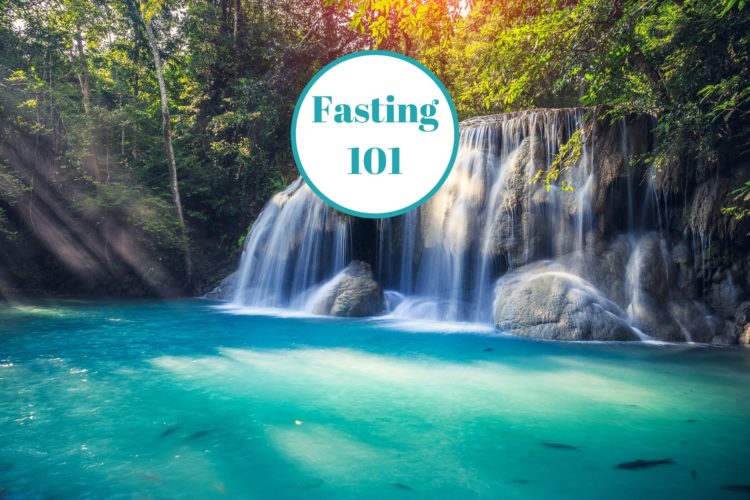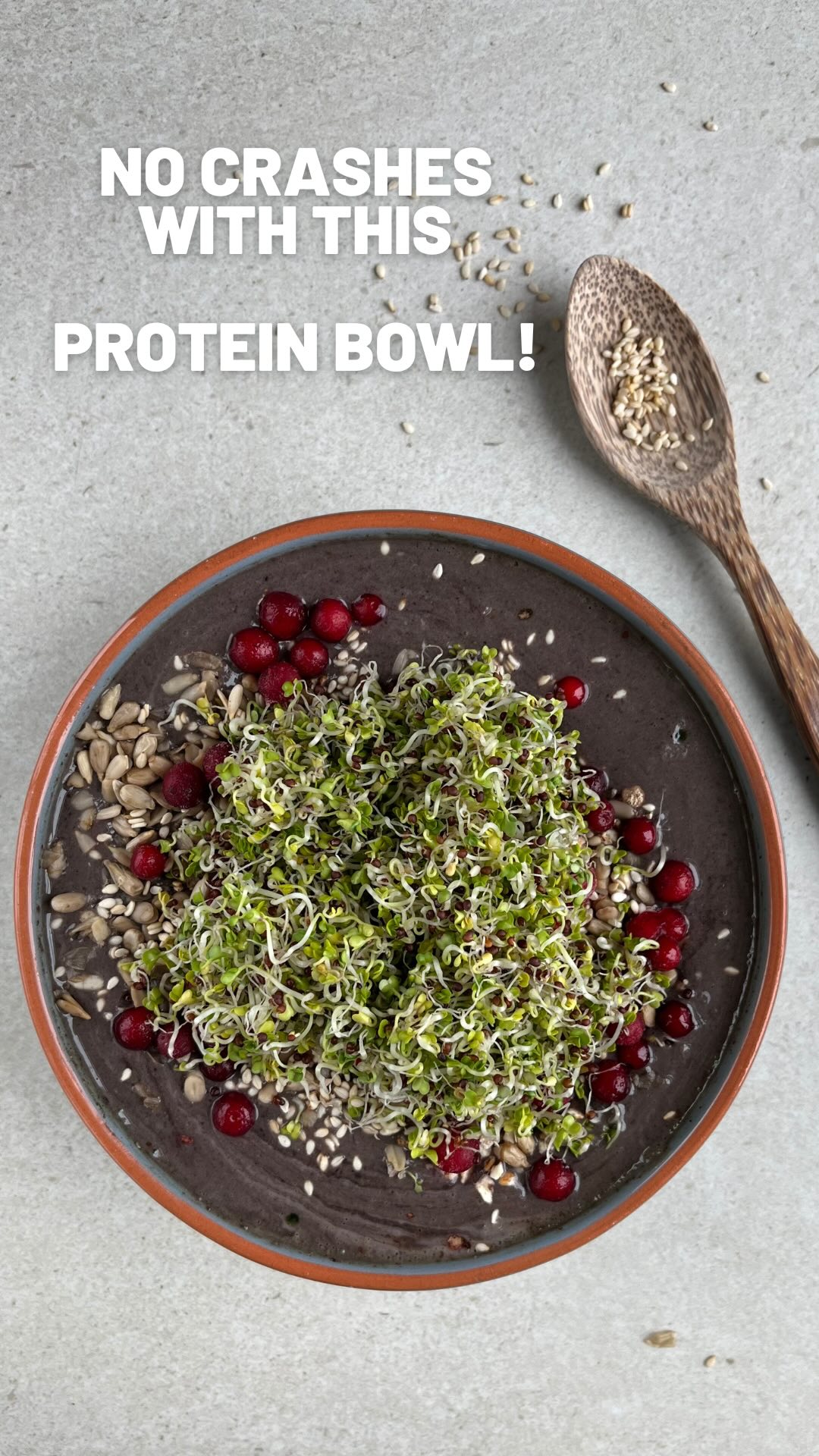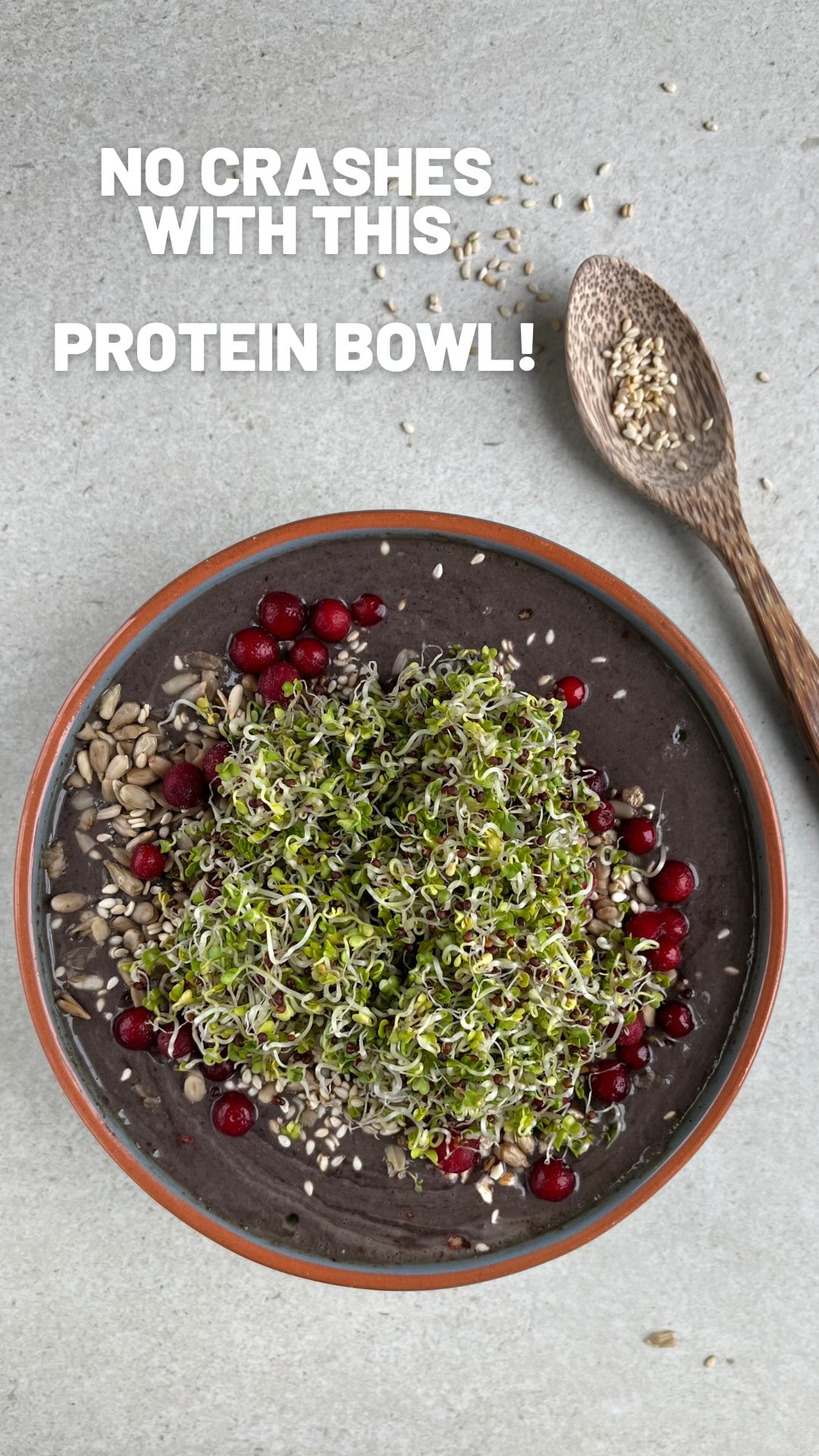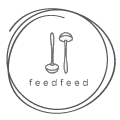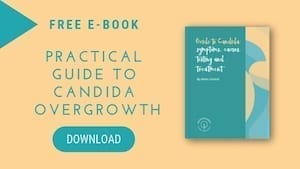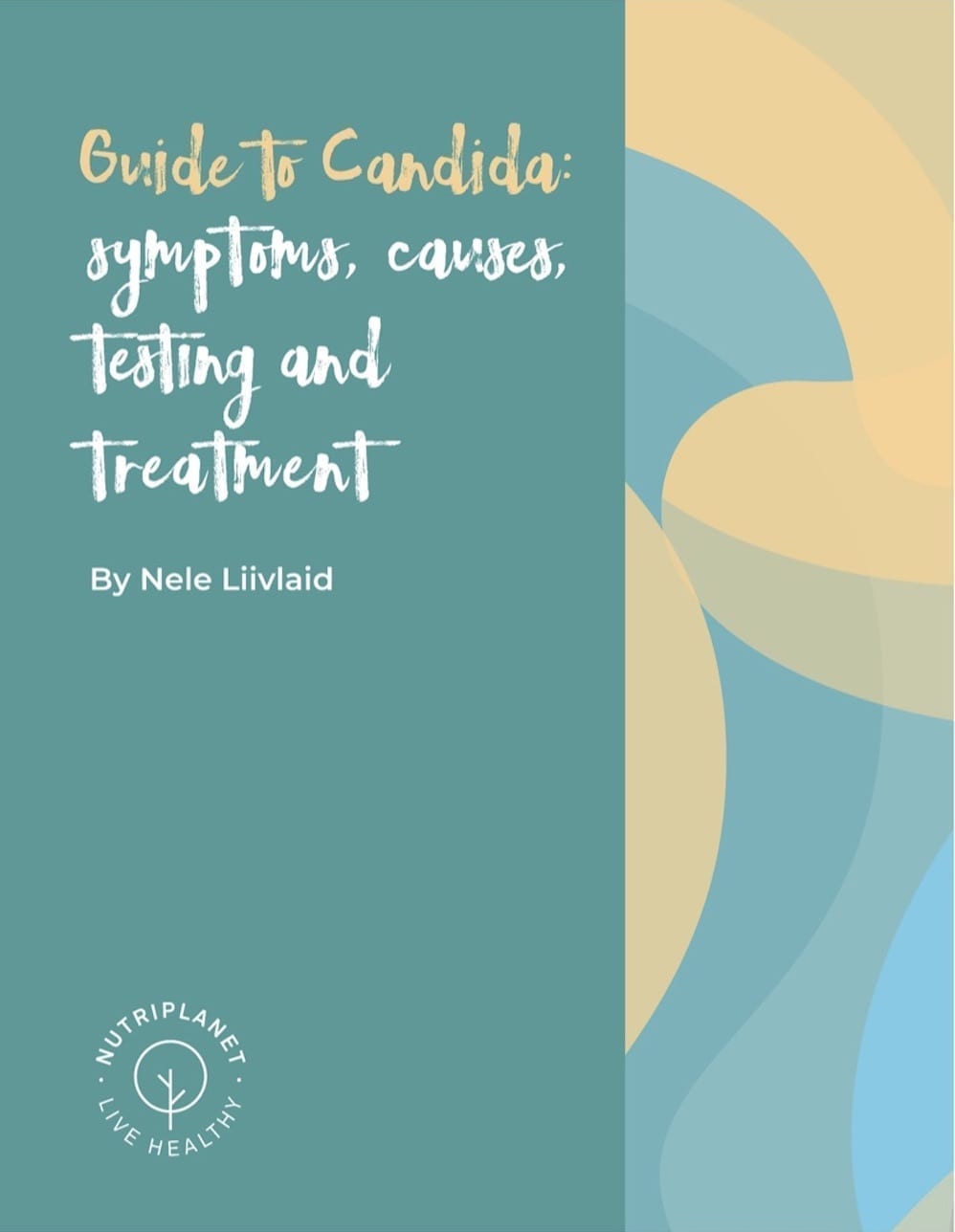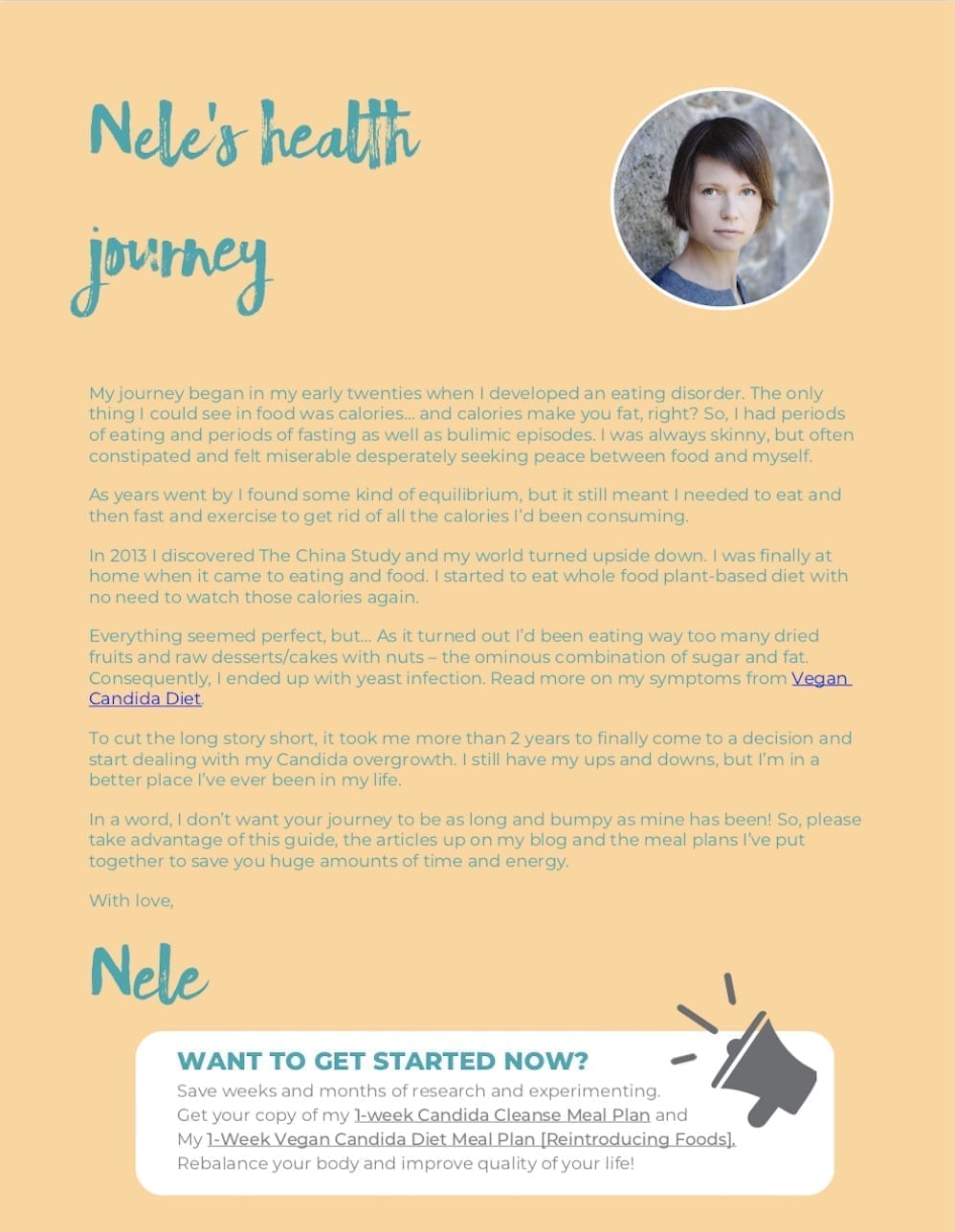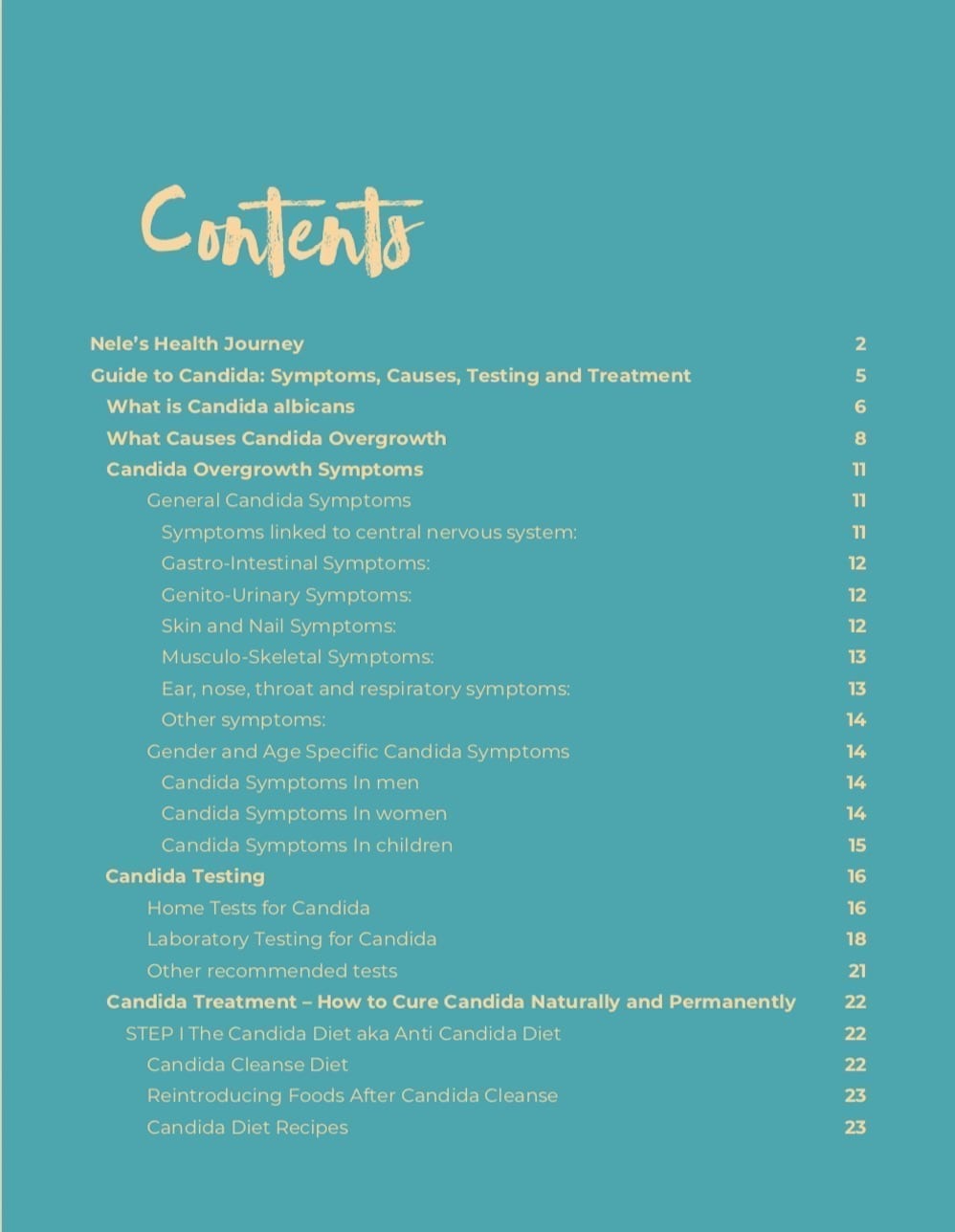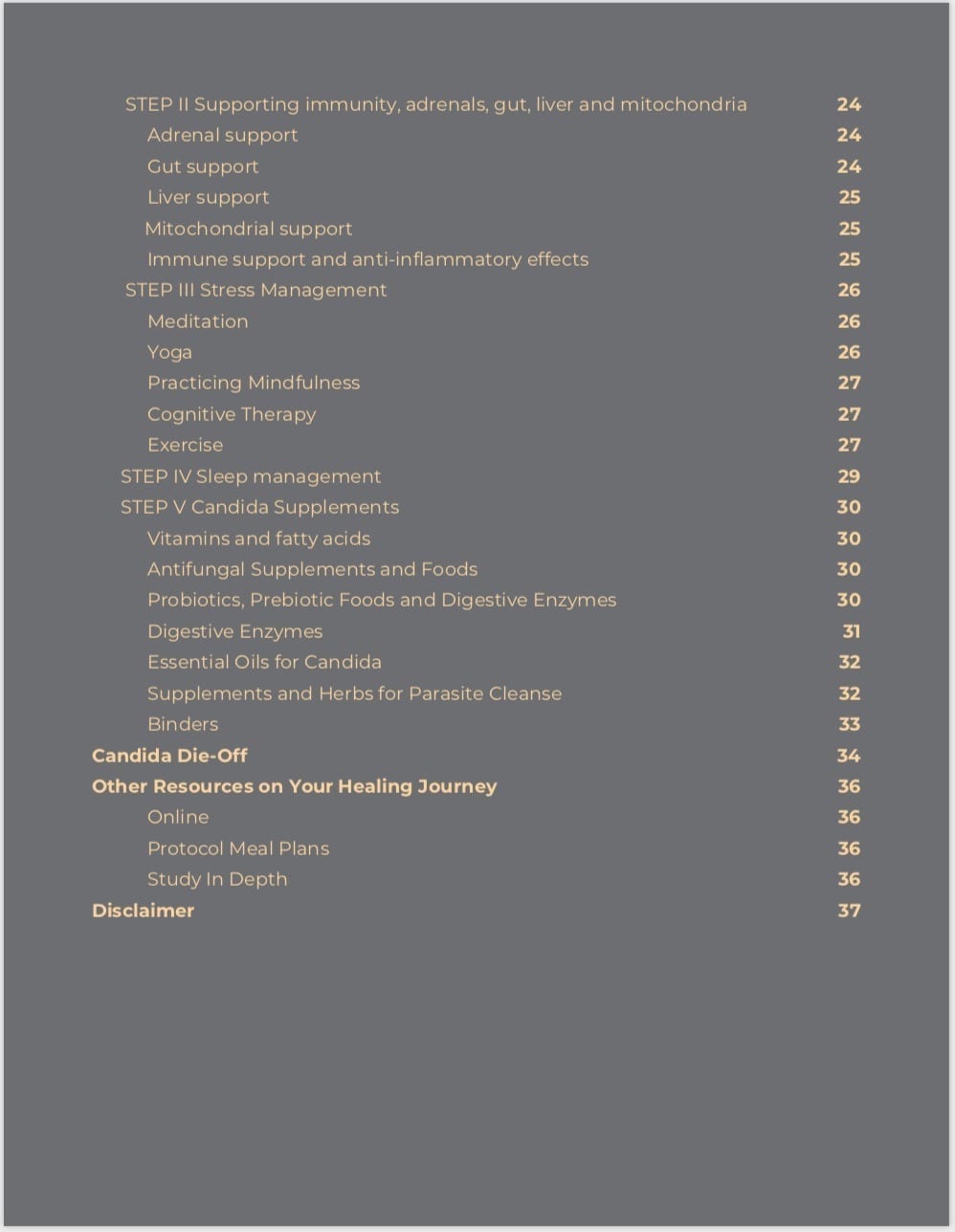This article covers what is fasting on liquids and what happens when we fast as well as fasting benefits, symptoms, and hazards. Moreover, you’ll learn when to fast, when not to fast, what to consume, and how to safely break a fast.
Fasting Benefits, Hazards, Symptoms, Timing, Breaking the Fast
Table of contents
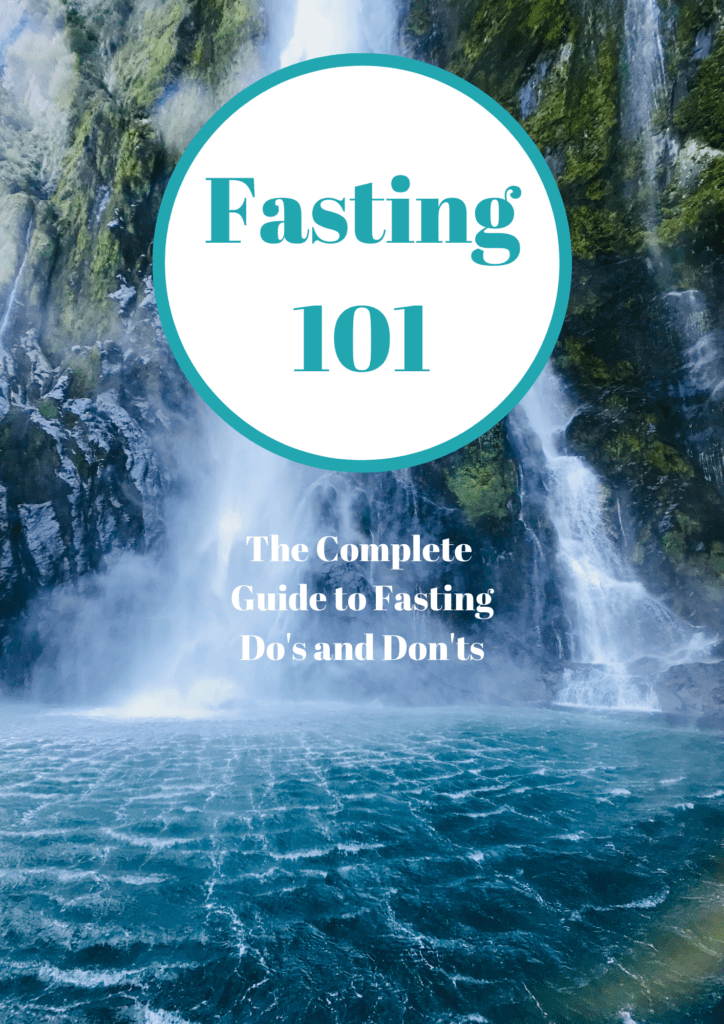
Download the FREE pdf version!
Fasting 101: The Complete Guide to Fasting Do’s and Don’ts
Besides an effective summary of the current article, you’ll also get:
- The list of fruit and vegetable juices for specific organs and conditions.
- Autumn rejuvenation soup recipe.
In case you prefer listening or watching, here’s your chance!
In case you want to learn about the practicalities of a 36-hour water fast and a 3-day fast, here’s your chance:
What is Fasting?
If you thought that fasting is simply cutting down on or stopping food intake, you’re wrong. Fasting also means the elimination of physical, emotional, and mental toxins from our organism.
When we stop eating and let our stomach to remain empty, the body goes into an elimination cycle. Most people experience some withdrawal symptoms, especially when toxicity exists.
Different Types of Fasting
In this article I concentrate on fasts done exclusively on liquids and don’t talk about calorie restrictive detox plans or fasting mimicking diets.
Firstly, the liquid-based fasts can be done on water, lemon water, and herbal teas. Secondly, one might consume diluted vegetable and fruit juices and/or broth. And finally, some people also do a pure vegetable juice fast including a little bit of fruit juices as well.
Symptoms During Fasting
The symptoms that people may experience depending on the state of toxicity:
- headaches,
- irritability, fatigue, dizziness or light-headedness;
- hunger for the first 2-3 days,
- most people’s tongues will develop white or yellow furry coating, which can be scraped or brushed off;
- bad breath and tastes in the mouth,
- foul-smelling urine or stools,
- skin odour or eruptions (such as small spots or painful boils),
- digestive upset, mucous stools, flatulence, diarrhoea, or even nausea and vomiting;
- insomnia or bad dreams,
- hypertension as well as palpitations,
- feeling that you’re about the faint,
- back pain and pain in general, including abdominal pain,
- joint stiffness,
- the mind is looking for excuses not to fast,
- energy may go down every 2 or 3 days as the body excretes more wastes,
- cold symptoms or sinus congestion.
Most healing crisis should pass within 1-2 days. However, if any symptom lasts longer than 2 or 3 days and/or it worsens or causes concern (such as fainting, heart arrhythmias, or bleeding) the fast should be stopped and a doctor consulted.
Anyone who’s in poor health or without fasting experience, should do longer fasts under medical supervision.
Any water-only fast that is longer than 24 hours, particularly those lasting 3 or more days should be done under the supervision of a physician and preferably in a live-in clinic or retreat. For example, normally your kidneys dive into sodium conservation mode during fasting, but should that response break down, you could rapidly develop an electrolyte abnormality. And that may only manifest with non-specific symptoms like fatigue or dizziness, which could easily be dismissed until it’s too late.
What else might happen inside your body when you fast:
- Blood protein and fat levels go down.
- Uric acid levels rise if there’s not adequate fluid intake.
- Levels of minerals such us potassium, sodium, calcium, or magnesium may drop initially but the decline diminishes after a week. This can result in fatigue and muscle cramps. If this happens, additional calcium, magnesium, and potassium should be taken, ideally in powdered form.
- Iron levels are usually lower.
- Red blood cell count may also drop slightly.
With all the unpleasant symptoms and other aspects that I just mentioned, why would you want to do it?
Benefits of Fasting
In case we are basically well nourished, systematic undereating and fasting are likely the most important contributors to health and longevity.
Fasting is useful for many conditions such as colds, mucus congestion, flus, fever, bronchitis, constipation, indigestion, diarrhoea, back pains caused by muscular tightness and stress, obesity, hypertension, diabetes, fatigue, asthma, environmental allergies, mental illness, insomnia to name few.
The basic process of fasting is breaking down stored or circulating chemicals. Also, the blood and lymph have the opportunity to be cleaned of toxins and each cell has the opportunity to catch up on its work. Consequently, they can repair themselves and eliminate wastes.
Moreover, the liver can spend more time detoxifying the body and creating new essential substances.
Metabolically, fasting reduces caloric intake to the point where the liver converts stored glycogen to glucose and energy. Also, some protein breakdown occurs (less if drinking juices).
Fatty acids can also be a source of energy as they convert to ketones, which can be used to prevent protein loss. However, there is less ketosis with juice fasting.
High-protein fasting diets may burn more fat and generate more ketosis, but they also add more toxins and may create other health concerns.
In short, some fasting benefits include:
- Anti-aging effects – much of aging and disease may result from biochemical suffocation, where the cells do not get enough oxygen and nutrients or cannot adequately eliminate their wastes. Fasting helps us decrease this suffocation.
- Better attitude, resistance to disease, and sleep.
- Clearer skin.
- Drug detoxification.
- Mentally, fasting improves clarity and attentiveness.
- Emotionally, it may make us more sensitive and aware of our feelings.
- Improved senses (vision, hearing, taste).
- More energy and relaxation.
- Reduction of allergies.
- Rejuvenation.
- Rest for digestive organs.
- Weight loss.
- Short juice cleanses during menstruation may help ease pain and other symptoms.
Hazards of Fasting
Evidently, fasting doesn’t come without dangers. Especially if you have no experience and/or have been consuming an unhealthy diet high in animal products, saturated fat, and refined foods.
Here are some aspects that you must consider:
- If fasting is overused, it may create depletion and weakness. The body needs the nourishment from food to function after it has used up its stores.
- Excessive weight loss and nutritional deficiencies may occur (more likely with longer water fats).
- Blood pressure drops and this can lead to dizziness.
- The level of thyroid hormone falls initially but rises again in association with ketosis.
- Female hormone levels fall, and this can lead to a lessening or loss of menstrual flow.
- Cardiac problems can occur with longer fasting, especially when there are pre-existing problems. More of a threat during longer water fasts.
To be on the safe side, have your progress monitored through physical exams, blood tests, and even electrocardiograms.
How much fasting isn’t too much? If you’ve fasted successfully once, you can continue with 1-day fasts weekly and 3-day fasts monthly, and of course, the 12-14 hour fast daily aka intermittent fasting.
When NOT to Fast
There is a number of conditions in which it is probably too dangerous to attempt extended water fasts. These include:
- Malnourished people should not fast, nor should some overweight people who are undernourished.
- People with fatigue caused by nutrient deficiency.
- In case of eating disorders.
- With degenerative disease of the muscles or bones.
- Underweight people.
- Sluggish individuals who retain water or whose weight is concentrated in their hips and legs often do worse.
- Uncontrolled hyperthyroidism.
- Advanced liver or kidney insufficiency.
- Porphyria that is a group of disorders resulting from a build-up of natural chemicals that produce porphyrin in your body. Porphyrins are essential for the function of hemoglobin — a protein in your red blood cells that links to porphyrin, binds iron, and carries oxygen to your organs and tissues.
- People with a weak heart or cardiac arrhythmias.
- Pregnant and lactating women.
- People with weakened immunity.
- Before or after surgery.
- Advanced cancer patients.
- In cold weather.
- If you have low blood pressure.
- Mental illness and dementia.
- In case of Cachexia is a “wasting” disorder that causes extreme weight loss and muscle wasting, and can include loss of body fat.
How to Fast
How do you know if you need to fast?
You need to pay attention to your energy levels, the degree of congestion, as well as observing your tongue and its coating.
If you’re under stress, have been overindulging, or develop congestive symptoms, it’s probably best to lighten your diet and possibly cleanse your body.
Choose the type of fasting
Firstly, if you have never done it before or are poorly, start slow and try a shorter fast. For example undertake a 24-hour fast. In case you are more experienced, you can follow a stricter program.
The simplest approach for beginners would be intermittent fasting i.e., you stop eating around 6-7pm and fast for 12-14 hours and then break the fast.
Prepare yourself
If you want to do a water or a juice fast, take some time for preparing yourself. It can be from a few days to a week. Eliminate unhealthy foods from your diet and habits from your life. Also, abstain from alcohol, caffeine, nicotine, and sugar.
By the way, if you consume animal products, then avoid those along with wheat and baked goods 1-2 days before fasting.
You may consume only fruits and vegetables 3-4 days prior to the fast. It’s because these slowly detoxify your body so that the actual fast will be less intense.
One possible protocol for the transition is to have 1 meal a day around 3pm and consume only water, juices, teas and some fresh fruit or veggie snacks at other times. However, make sure that the one meal is wholesome and light. For example, a huge green salad with nut or seed-based dressing. In addition, have some cooked whole grains and legumes, and some cooked veggies and/or greens are fine as well.
Be ready for not being able to work during the fast, so plan it for the weekend (Saturday or Sunday) or whenever you’re off work.
Take a walk, nap when you need to, read a book, play an instrument, sing, whatever is your cup of tea.
To avoid being impatient, write down a plan before you start the fast so that you have something to adhere to. Also, it’s important to make notes/keep a diary about how you feel and experience.
Finally, it is essential that you meditate, exercise (lightly), get fresh air and sunshine, even have a massage, and take baths.
What you should expect
Most probably you won’t feel great during the 36-hour fast as people usually feel better around day 3. So, a longer fast is necessary to experience that.
The thing is, fasting can be the most difficult for those who need it the most and therefore it is necessary to start with diet changes first.
In case you follow a transition protocol, you should be able to avoid strong detox symptoms.
When to fast
The best times to fast are spring, summer, and early autumn. It is not recommended to do water fasts in the winter when it’s cold.
In winter, instead or water or juice fast, you may do a cleanse with a simple diet of brown rice, vegetables, and miso soup. This can be done for 2-3 weeks even.
What and how much to drink
Drink at least 2-3 quarts (1.9-2.8 litres) of water, juices, and herbal teas daily.
You can add lemon juice, cayenne pepper and some honey or maple syrup to your water. In fact, this combo is called the Master Cleanser. Go download this article’s PDF for exact ratios.
Drink your fruit and vegetable juices diluted with filtered water, ratio 1:1. Good juices would be carrot, celery, beets, and greens. Also soup broths can be used.
Again, if you want a list of juices that are best for specific organs and conditions, download this article’s PDF.
Of course, juices should be made of organic chemical-free produce. If you can’t do organic, the fruits and veggies should be peeled (especially if they’re waxed). With root vegetables like carrots and beets the above-ground ends should be cut off.

Download the FREE pdf version!
Fasting 101: The Complete Guide to Fasting Do’s and Don’ts
Besides an effective summary of the current article, you’ll also get:
- The list of fruit and vegetable juices for specific organs and conditions.
- Autumn rejuvenation soup recipe.
Supplements during a fast
On longer water fasts, make sure to supplement vitamins and minerals. For example, you might develop scurvy with 4 weeks without any vitamin C. Or, beriberi, thiamine (B1) deficiency, may start out even earlier in fasting patients. Once it manifests, it can result in brain damage within days—which can eventually become irreversible.
It’s noteworthy that without supplementation, hunger strikers, and those undergoing prolonged fasts for therapeutic or religious purposes have ended up paralysed, comatose, or worse.
You may add some blue-green algae, spirulina, or chlorella to your juices. They provide more energy as they contain high-quality amino acids and are easily assimilated.
How to Break a Fast
Breaking the fast properly and safely is a crucial part of fasting. What, when, and how much you eat becomes very important to avoid adverse effects, particularly after extended fasts.
When you should break the fast
First, let’s talk about when to break a fast. You should end the fast, if your energy levels go down for more than a day or if your weight gets too low.
Secondly, if the symptoms are particularly intense or sudden, it is possible that you need food.
Then, tongue coating can be an indicator but not a very good one as some people’s tongues may coat very little and others will remain coated even after cleansing.
If in doubt, it is always better to come off the fast and then cleanse again later.
Hunger is also a good indicator. Most people lose interest in food from day 3-7 and then experience real deep-seated hunger again. This is a sign to eat carefully. However, occasionally people are hungry throughout the fast.
The hazards of breaking the fast
Breaking the fast must be well planned and done slowly to prevent any adverse symptoms and sickness.
For example, after World War II, one out of five starved Japanese prisoners of war tragically died when they were liberated. Now known as “re-feeding syndrome,” multi-organ system failure can result from resuming a regular diet too quickly. The reason is that there are critical nutrients, such as thiamine and phosphorus, that are used to metabolise food. So, if too much food is taken before these nutrients can be replenished, demand may exceed supply. And whatever residual stores you still carry can be driven down even further, with potentially fatal consequences. That’s why rescue workers are taught to always give thiamine before food to victims who had been trapped or otherwise unable to eat.
That being said, don’t just go out for dinner but make a gradual transition to your regular, but now bettered diet.
Make a plan for breaking the fast
It is better if you to take half of the total cleansing time to move back to your regular foods. The digestion has been resting, so it’s especially important to chew the food well.
In case you were on water fast, it’s wise to prepare the digestion with diluted juices. For example, mixing a few tablespoons of orange juice into a glass of water and progressing to stronger mixtures throughout the day. Diluted fresh grape or orange juice stimulate the digestion.
The European fasting expert Arnold Ehret suggests that fruits and fruit juices should not be used right after a meat eater’s first fast because they may coagulate intestinal mucus and cause problems. In case you were on a juice fast, it’s easier to transition back to foods. For example, a raw or cooked low-starch vegetable such as spinach or other greens is a good choice. Sauerkraut also helps stimulate the digestion.
Keep the bowels moving
You can use a laxative-type meal to keep the bowels moving – grapes, cherries, soaked or stewed prunes or figs.
Some experts say that the bowels should move within 1-2 hours after the first meal and, if not, you should use an enema.
Some people do a saltwater flush before the first day of food by drinking 1 quart (946ml) of water containing 2 tsps of dissolved sea salt. However, it does not work well for everyone. And it’s not recommended for salt-sensitive or water-retaining people or for those with hypertension.
In addition, taking Epsom salt is also said to be effective, although it is not well studied. It can be taken by mouth with water according to the directions on the package.
Adults are usually advised to take 2–6 teaspoons (10–30 grams) of Epsom salt at a time, dissolved in at least 8 ounces (237 ml) of water and consumed immediately. You can expect a laxative effect in 30 minutes to 6 hours.
You should also know that consuming Epsom salt may produce unpleasant side effects, such as bloating and liquid stool. Also, it should only be used occasionally as a laxative, not for long-term relief.
Which foods are the best to break the fast with?
Start with salads or steamed veggies and eat fruits alone.
By the second food day most people tolerate well-cooked watery brown rice or millet. From there, progress slowly through grains and veggies. Also, some nuts, seeds or legumes can be added at this point.
Reintroducing foods will give you a valuable insight of how your body reacts to different foods. Use this time to self-observe and discover specific food-intolerances (if any). If you respond poorly to a certain food, avoid it for a week or so and the eat it alone to see how it feels.
No matter how you start with foods, chew well, don’t overeat, and don’t mix too many different foods into one meal.
The Principals of Healthy Fasting
Finally, a few more aspects you might consider for healthy fasting:
- Get plenty of fresh air and sunshine.
- Bathing, showers, steam and even saunas are good.
- Dry brushing before shower helps clear toxins from the skin.
- Exercise supports the cleansing process. Walking, cycling, swimming can be done. Feel your energy levels though. If you need to rest, rest.
- Avoid all drugs, also caffeine, alcohol, and nicotine. Only mandatory prescription drugs may be taken. If you take any medication, you should advise your doctor anyway before starting a fast.
- Nutritional supplements can be taken during a fast. Although if it’s a short one, 1-3 days, it’s not necessary. Psyllium husks can be taken as part of colon detox program. Also, green barley, chlorella, and spirulina may enhance vitality and help with purification. For extended fasts, you might consider some mineral support and/or vitamin C in powdered form.
- Now, some form of bowel stimulation is recommended. Enemas can be done every other day using an enema kit for home use. Herbal laxatives are often taken during fasts – cascara sagrada, senna leaves, liquorice root, buckthorn, rhubarb root, aloe vera. There’s also the saltwater flush that I mentioned previously.
- Make yourself busy, work and be creative! Of course, if you have the energy.
- Clean your home – I somehow felt the urge to clean while fasting.
- We may join others in fasting or ask your family members to do it with you.
- Avoid people who might be negative towards your fasting.
- Meditate and relax.
Disclosure: this post contains affiliate links. As an Amazon Associate I earn from qualifying purchases. For every purchase made from the links in this post, you’ll be able to support my work. So you can look after your health, and contribute to my mission at the same time. Thank you!
Consulted sources:
- Haas, E. M., & Levin, B. (2006). Staying Healthy with Nutrition, rev: The Complete Guide to Diet and Nutritional Medicine (Illustrated ed.). Celestial Arts. (Amazon affiliate link, or get it from Bookdepositary)
- Greger, M. (2019, November 4). Is Fasting for Weight Loss Safe. Nutritionfacts.Org. Retrieved June 16, 2022, from https://nutritionfacts.org/video/is-fasting-for-weight-loss-safe/
- Portalatin, M. (2012, March). Medical Management of Constipation. National Library of Medicine. Retrieved June 18, 2022, from https://www.ncbi.nlm.nih.gov/pmc/articles/PMC3348737/

